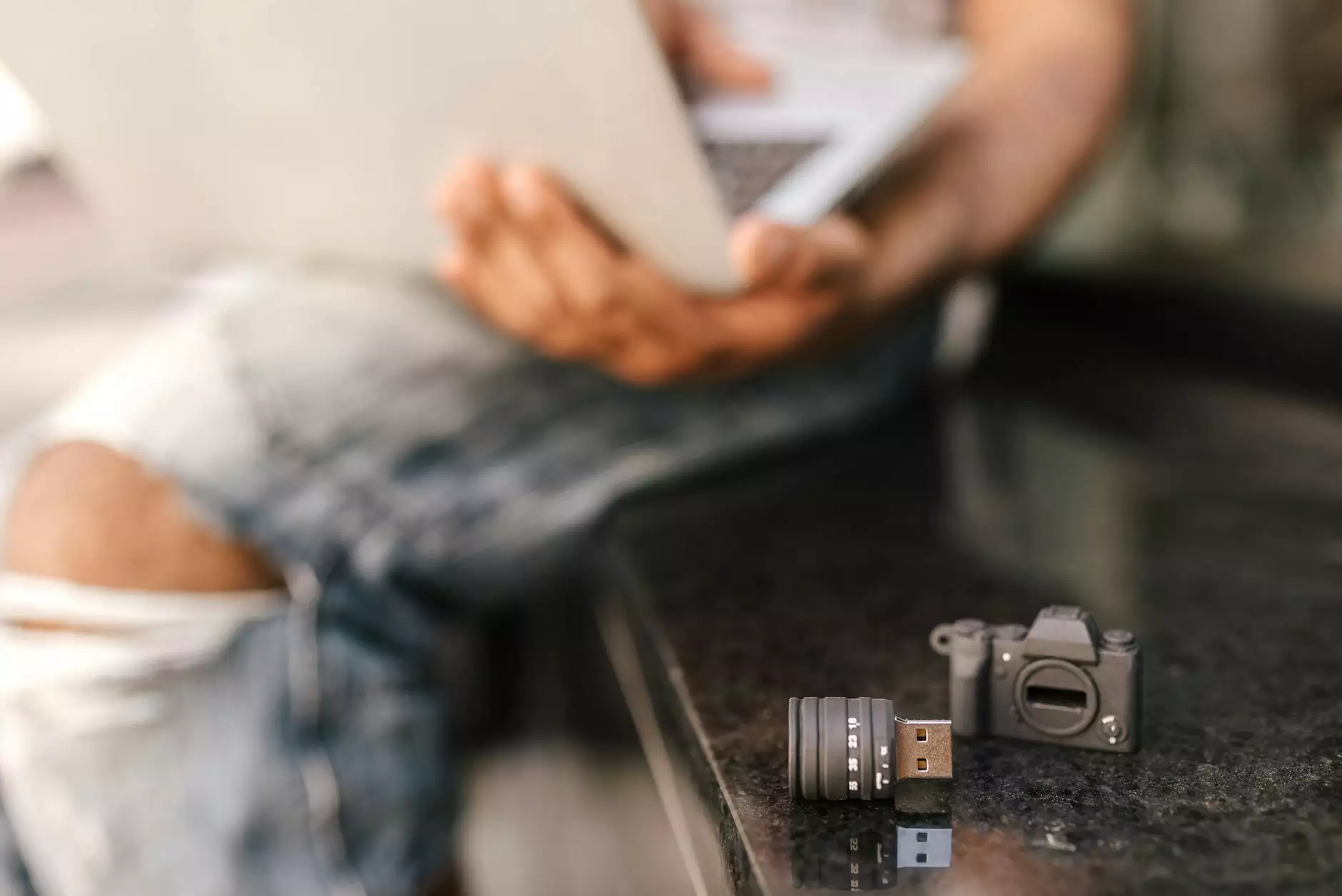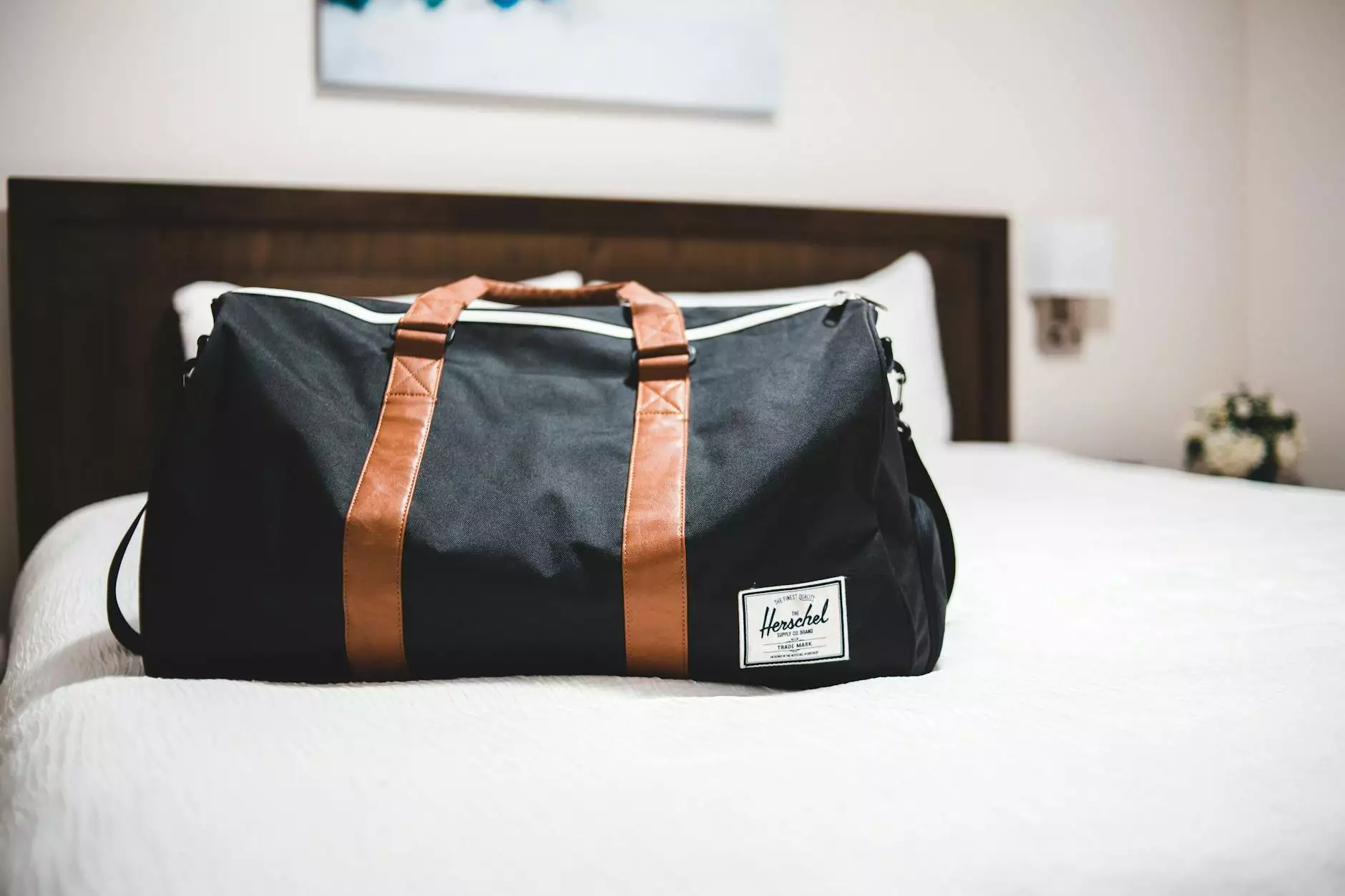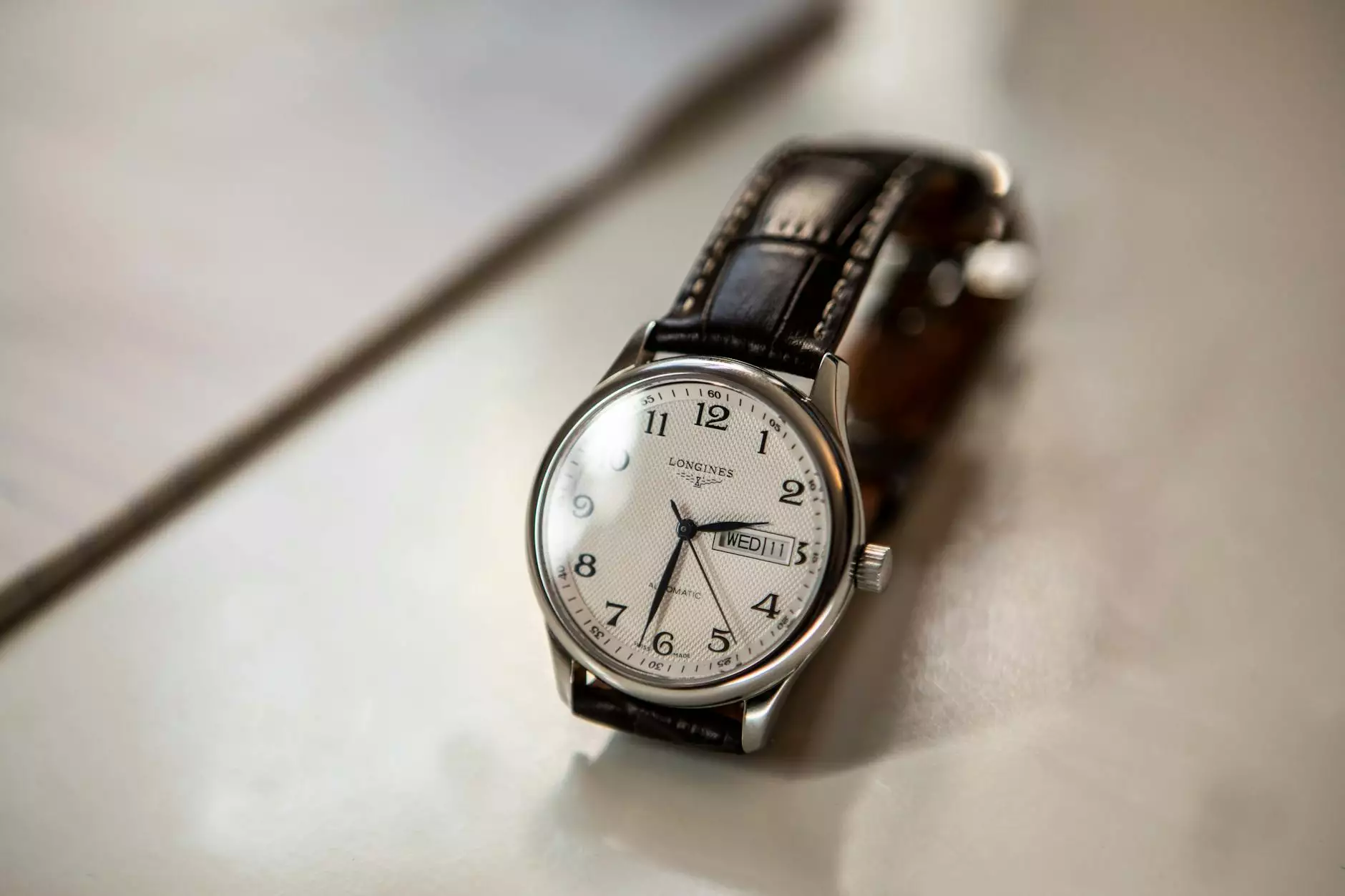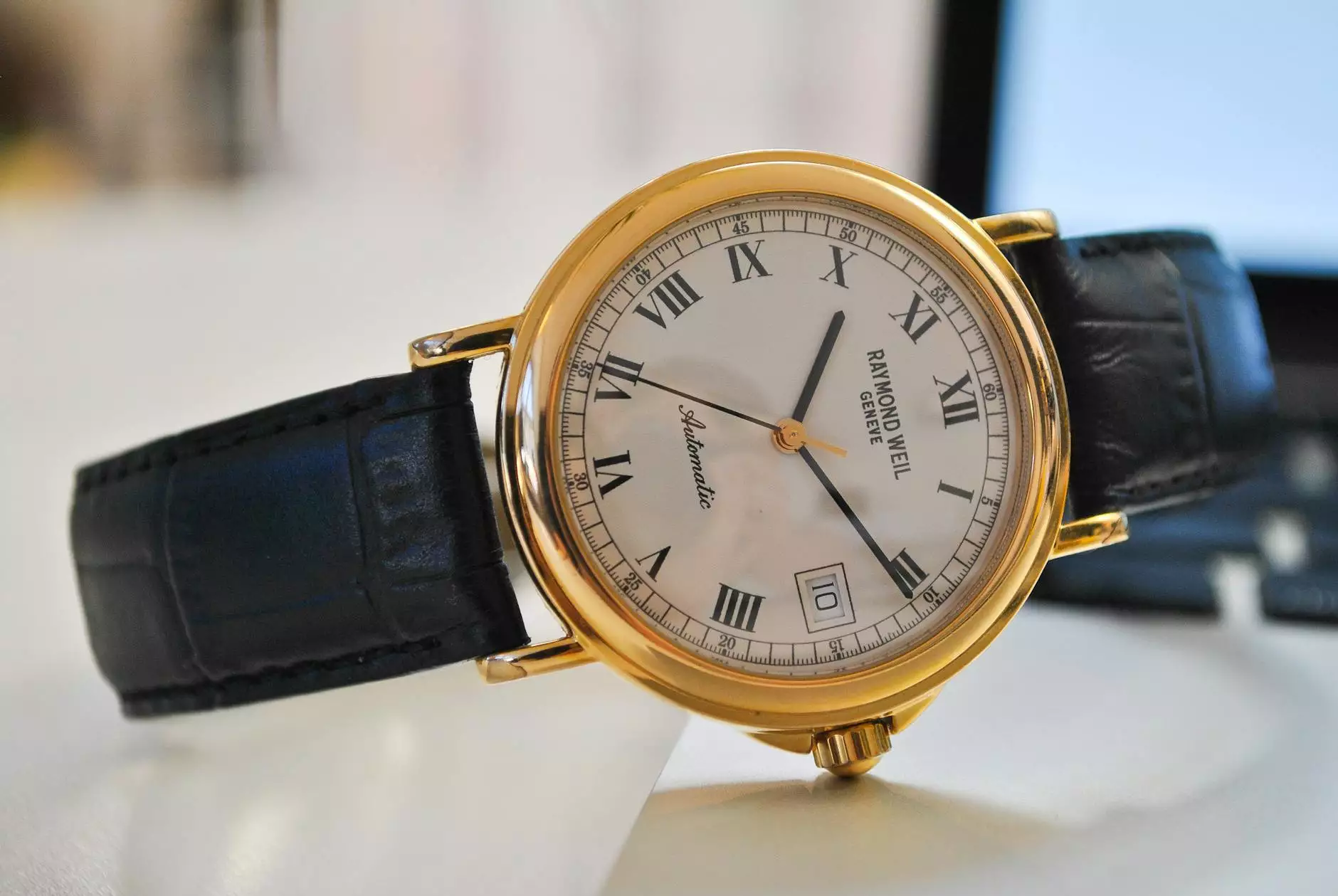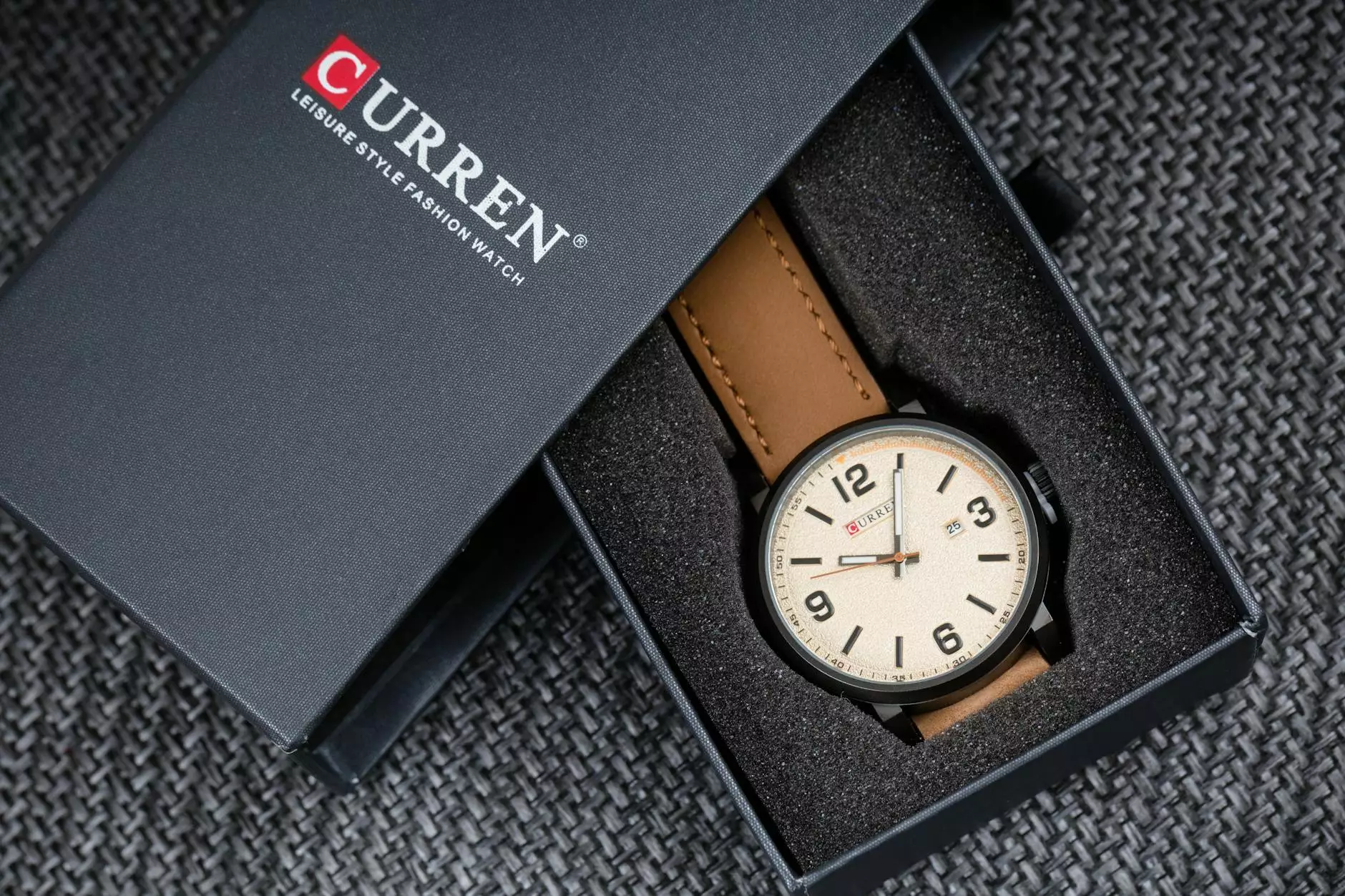Why does my watch lose time when it is on the winder?
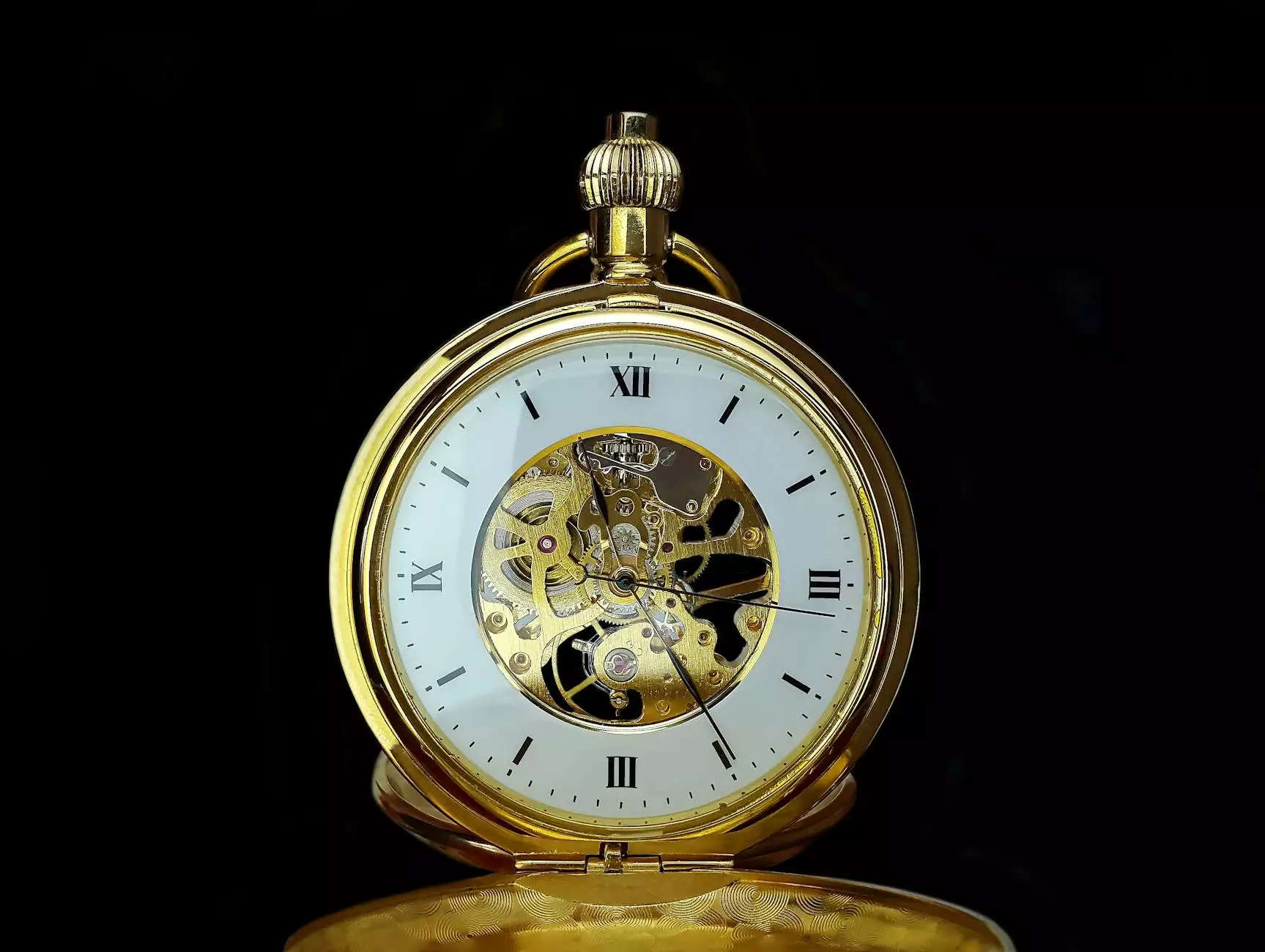
As owners of luxury timepieces, it is important to understand the complexities of watch maintenance and how various factors can influence timekeeping accuracy. In this comprehensive guide provided by Frameworks, we will delve into the reasons why your watch may lose time when placed on a watch winder. Specifically, we will explore the impact of watch winders on automatic timepieces and shed light on potential reasons behind time inaccuracies.
The Role of Watch Winders
Watch winders are devices designed to keep automatic watches wound and ready to wear, particularly when they are not being worn. Automatic watches rely on the natural motion of the wearer's arm to keep the mainspring tensioned, thereby powering the watch's movement. When the watch is left idle for an extended period, the mainspring can unwind, leading to the need for manual winding or readjustment.
Watch winders eliminate the need for manual winding by rotating the watch in a controlled manner, mimicking the natural movement of the wrist. They are commonly used to ensure that watches are kept in optimal condition and maintain accurate timekeeping.
Potential Causes of Time Inaccuracies
While watch winders are designed to benefit automatic watches, certain factors may contribute to time inaccuracies when using them. Here are a few potential reasons why your watch may lose time when placed on a watch winder:
1. Winder Settings
The settings on your watch winder play a crucial role in ensuring optimal winding efficiency. Different watch models and brands may require different rotation directions, speeds, and intervals to maintain accurate timekeeping. Incorrectly configured settings may cause overwinding or underwinding, resulting in time discrepancies.
2. Quality of the Winder
The quality and craftsmanship of the watch winder are vital aspects to consider. Higher-end winders are often equipped with advanced mechanisms and technology that provide precise and consistent rotations, minimizing the risk of time inaccuracies. On the other hand, lower-quality winders may deliver inconsistent rotations or excessive vibrations, potentially affecting the watch's performance.
3. Watch Sensitivities
It is important to note that not all watches are designed to be stored or used with a watch winder. Some timepieces, such as certain vintage or complicated watches, may require special care or manual winding to maintain accuracy. Therefore, understanding your watch's specific sensitivities and recommendations from the manufacturer is crucial to ensure proper timekeeping.
4. Power Reserve and Calendar Functions
Automatic watches often feature power reserve indicators and calendar functions. These additional complications require specific adjustments to ensure accurate timekeeping. Improper calibration or handling of these functions when placing the watch on a winder may lead to time discrepancies.
Tips to Minimize Time Inaccuracies
To help minimize the chances of time inaccuracies when using a watch winder, we recommend the following tips:
1. Consult the Manufacturer
Always refer to the manufacturer's instructions or consult with an authorized service center regarding your specific watch model. They can provide valuable insights into the compatibility of your watch with a winder and offer guidance on appropriate settings.
2. Invest in Quality
Consider investing in a high-quality watch winder that offers precise rotations and customizable settings. While the price may be higher, the assurance of optimal performance and timekeeping accuracy is worth it for your cherished timepiece.
3. Regular Maintenance
Maintaining regular servicing and maintenance of your watch is crucial to its longevity and accuracy. Periodically bring your watch to a trusted watchmaker or service center for professional cleaning, lubrication, and adjustment. This helps keep your watch in optimal condition, reducing the chances of time discrepancies.
4. Understand Your Watch
Each watch is unique, with its own set of characteristics and requirements. Take the time to understand your watch, including its power reserve, complications, and recommended handling. This knowledge will empower you to make informed decisions regarding the usage of a watch winder and potential adjustments needed.
Conclusion
In conclusion, watch winders are valuable accessories that can help ensure the longevity and optimal performance of your automatic timepiece. However, it is essential to be aware of potential factors that may contribute to time inaccuracies. By considering the settings, quality of the winder, watch sensitivities, and proper handling of power reserve and calendar functions, you can minimize the risks of your watch losing time when placed on a winder.
At Frameworks, we prioritize providing our customers with valuable information to enhance their watch ownership experience. We hope this comprehensive guide has shed light on the topic of watch winders and time inaccuracies. For further assistance or inquiries, feel free to reach out to our knowledgeable team.


